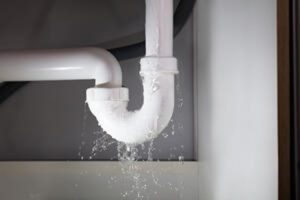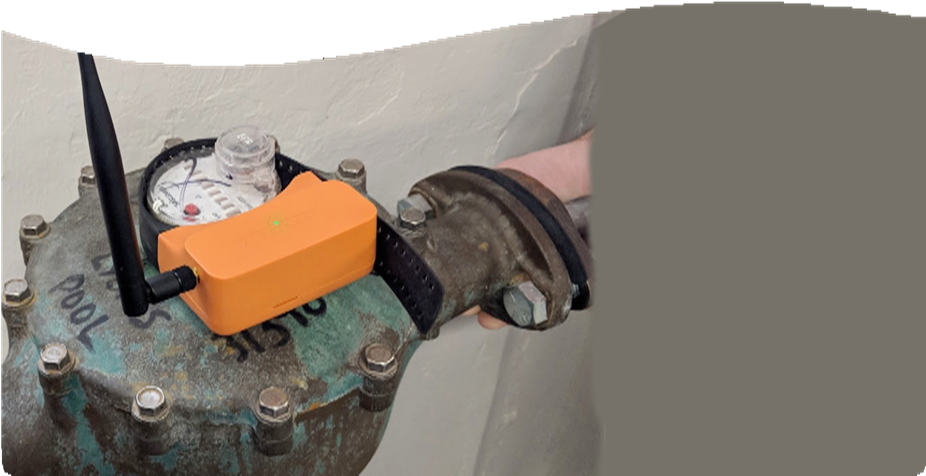property management challenges, a mix of modern tech and proactive strategies can turn the tide.
 “Water damage affects buildings on so many levels and can happen anytime,” says Brendan Murphy, Director of Client Solutions with First Onsite Property Restoration.
“Water damage affects buildings on so many levels and can happen anytime,” says Brendan Murphy, Director of Client Solutions with First Onsite Property Restoration.
Those events can be large-scale weather events, such as floods, thunderstorms, and hurricanes. They can also be hidden or “easy to miss” leaks that cause extensive damage to properties over a period of time. Moreover, untreated water damage can trigger the growth of harmful mould that puts building occupants at risk.
Tech to the rescue
As with any property management risk, prevention is key. Herein, advances in water monitoring and leak detection systems give building management teams the ability to spot and respond to water damage risks the moment they begin to form. This proactive approach is critical for reducing losses and giving tenants a heads up. “The sooner you can respond to water damage, the better,” says Murphy. “That’s why the best systems are those that alert the right people to problem areas quickly so that you can avoid costly remediation, longer disruption to services, and increased
operational costs and efforts.”
 For its part, First Onsite has formed partnerships in the tech community to offer solutions for 24/7, real-time water monitoring and analytics. This includes devices that can be installed in strategic locations to detect leaks the moment they occur and send alerts via text, e-mail, or phone call to the appropriate internal and external responders. Solutions also include smart sensor technologies that monitor when water consumption patterns or humidity levels fall outside of acceptable ranges.
For its part, First Onsite has formed partnerships in the tech community to offer solutions for 24/7, real-time water monitoring and analytics. This includes devices that can be installed in strategic locations to detect leaks the moment they occur and send alerts via text, e-mail, or phone call to the appropriate internal and external responders. Solutions also include smart sensor technologies that monitor when water consumption patterns or humidity levels fall outside of acceptable ranges.
The data collected from these technologies can also be used to generate automatic graphs and reports that can then be used to identify areas for improved efficiency, spot abnormal trends, or even benchmark water consumption across an entire portfolio.
“The technology does more than bring attention to potential emergencies; it provides that continuous fl ow of real-time water usage data that enables building teams to see where they’re using the most water and take appropriate steps,” adds Murphy.










